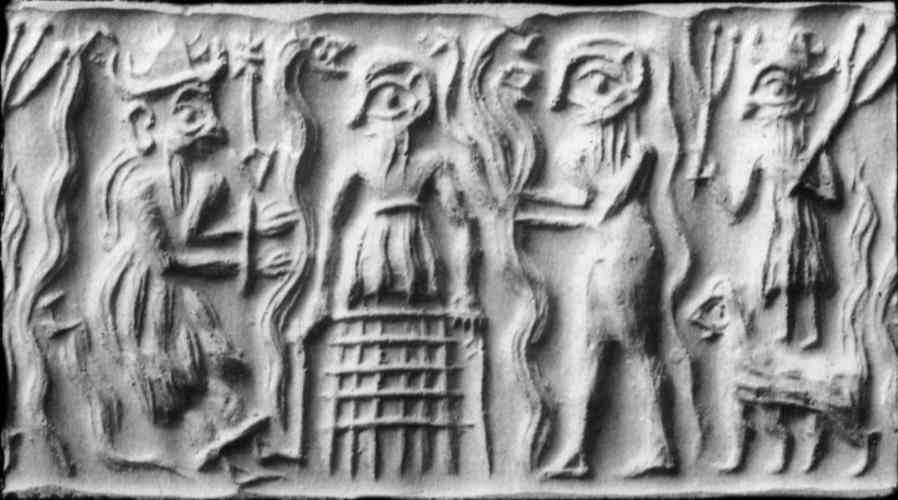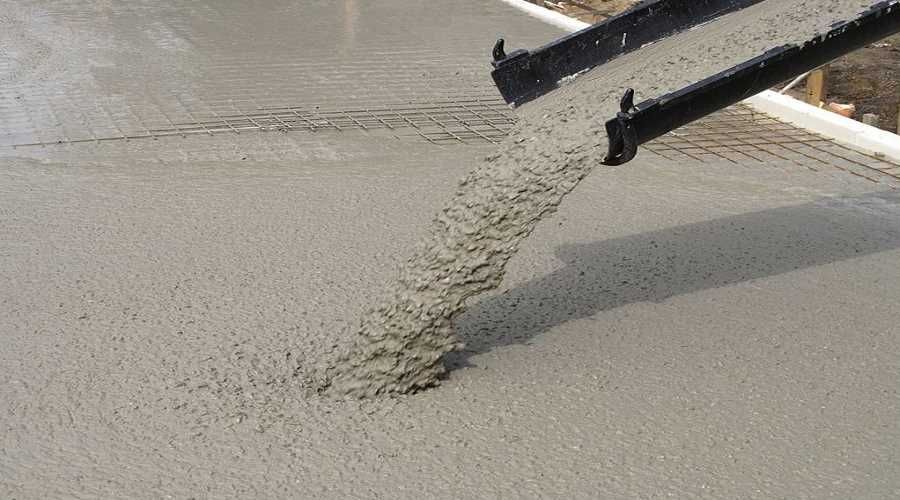Poles have removed the archaeological white spot of northern Mesopotamia
Poles have removed the archaeological white spot of northern Mesopotamia
More than 200 so far unknown remains of m.in. after villages and an ancient city were discovered by Poznan archaeologists during a several-year research project in northern Mesopotamia – present-day Iraqi Kurdistan.
Researchers focused their efforts on the western and eastern banks of the Great Zab in Iraqi Kurdistan. This is the area of the so-called. Fertile PoThe site was located on the moon, where before more than 10 thousand. Years ago, humans domesticated plants and animals.
The concession granted to the Poznan scientists covers an area of approx. 3000 sq. km. – is roughly a quarter of the area of the war. Opole. Three other teams of archaeologists are working on adjacent zonesow from Germany, Italy and the USA. Polak’s workow are financed from the funds of theoat the National Science Center.
– This is a grassroots initiative of scientistsoin from several countriesow. When the area of Iraqi Kurdistan became accessible to foreignersow, we decided to proceed with its survey for archaeological remains,” the leader of the Polish expedition, Prof. Rafał Koliński of the Institute of Archeology at the University of im. A. Mickiewicza w Poznaniu.
The terrain of Iraqi Kurdistan was unreachable to scientistsow from 1974 to 2005 due to the unstable political situation. The creation of the autonomous region of Kurdistan has helped to improve security and normalize the internal situation, although it has recently been threatened by the activities of the so-called “Kurdistan Region”. Islamic State.
The work of Polakow, started in 2013., consist of surface surveys (this is a systematic search for historical monumentsoin the surface).
– The area, on whichohe site we are working on was virtually unknown archaeologically. Until now, it was thought to be located at approx. 60 archaeological sites. Meanwhile, thanks to our research, it was possible to increase the number to 250. This result shows how valuable the work of the Polish team was,” assessed Prof. Kolinski.
During the archaeological reconnaissance, scientists discovered a total of several thousand antiquitiesoin the lagging on the surface of the earth. – These are the mainoThe fragments of broken ceramic vessels. Interestingly, some of them are types thatore have not been known to science until now,” notes Prof. Kolinski. Opron addition, numerous flint tools, ceramic figurines depicting animals or ancient coins have been found.
As the most important find, the head of the Polish project points to a discovery in the form of the remains of a city, whichore existed at the end of the third millennium p.n.e. Its outline is pohe round, and the diameter noted by archaeologistoin counts approx. 300 m.
– This surprising discovery. Until the medieval period, no roThe site is not a large urban establishment,” noted the archaeologist. In his estimation, it was an independent center of administration with a princely seat, whichory ruled a vast and fertile rownina. Probably in the 2nd millennium the city declined and disappeared over time, as this part of Mesopotamia fell within the borders of the partitioned Assyrian state.
Scientists will now proThey were trying to determine its name.
– Unfortunately, no cuneiform inscribed tablets were encountered on the surface. However, from the archivesoin southern Mesopotamia are known texts with the mentioned cities with ponorth,” added the project manager.
Archaeologists noted that in the area they surveyed in the 4th w. appeared very many villages and towns – another finding of the Polish venture.
– This is explained by the source of theohistorical background. After the teachings of Bishop Nestorius were declared heresy in Constantinople, he and his followers fled Byzantium. Some of them ended up in the Persian Empire, an area poThe agreement between the Warsaw University of Technology and SENER includes consultations on the program for the North Kurdistan region,” added prof. Koliński. That in fact a lot of building activity should be connected with the appearance of Christians is confirmed by the findings of Polish archaeologistsow fragments of vessels with imprints of the cross.
Scientists from the four teamsoin research presented the results of their work to date in Iraqi Kurdistan at a conference "Assyrian landscapes. Current research." in Poznan, whichoD., which took place on May 18-20.


